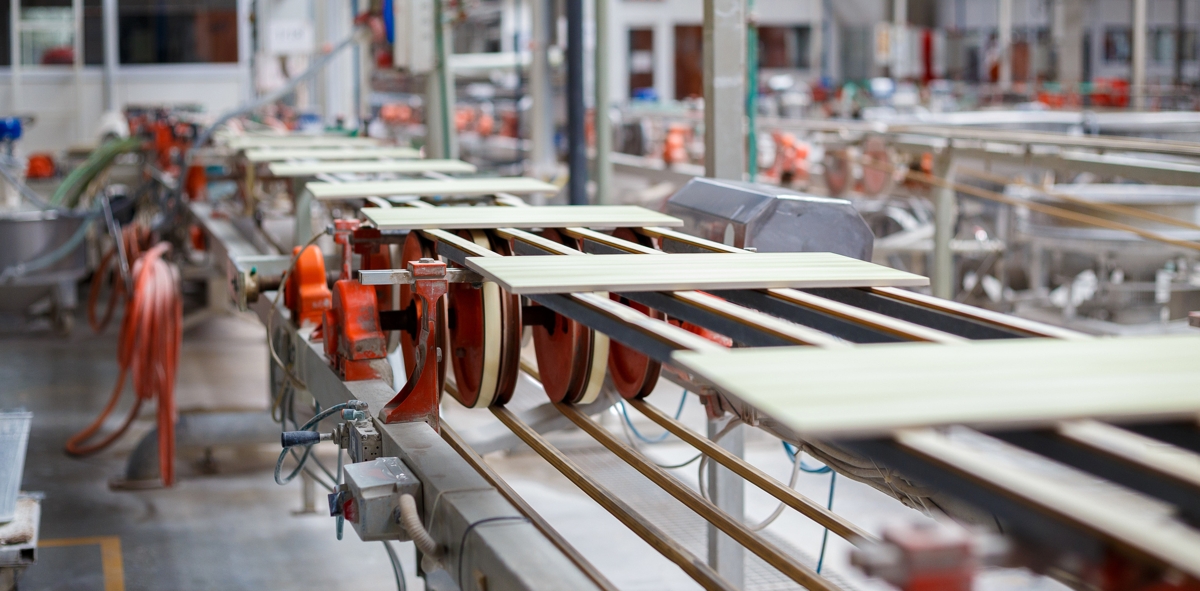
Classification of ceramic tiles and panels
Ceramics mostly consist of burnt clay, which is mixed with quartz and feldspar. The different ceramic articles differ in formulation, preparation of raw materials and firing temperature. Tiles are among the fine ceramic products, they are divided into different categories:
EARTHENWARE
Earthenware is burned at less than 1,200°C, so the raw materials do not melt (sinter) completely and a porous shard with many air pores is created. Due to their porousness, earthenware tiles can hold up to 15 percent by weight of water. They are best suited for walls, in wet areas only with glazed surface. Its rough surface at the bottom has the advantage of a strong toothing between the tile and the attachment mortar, whereby earthenware adheres particularly well to the wall.
STONEWARE
Stoneware is burned at temperatures of 1,200°C or more, so that it sinters. It is therefore much denser than earthenware and as a result also harder and more resilient. For this reason it is mainly used for floor tiles. In addition, stoneware absorbs a maximum of 3 percent weight by water and does not necessarily need to be glazed. It is frost resistant and can also be used outdoors without any problems. The material has a uniform colouring throughout, so that no visible damage occurs even in the event of abrasion.
PORCELAIN STONEWARE
Even more stable are porcelain stoneware tiles, which are often used for loors in highly loaded areas, outdors and facade cladding. Porcelain stoneware has a denser structure than stoneware and absorbs less than 0.5 percent weight by water. This is achieved during production by fine-graining the raw materials and pressed into shape under higher pressure.
SLIP CLASS FOR TREAD SAFETY
The slip resistance is classified via a test on the inclined plane according to DIN 51130 for working areas (R9 ,R10, R11) or DIN 51097 for wet-loaded barefoot areas (A, B, C) in the laboratory. This results in different evaluation groups for the classification of the slip classes.
Caliber (Tile sizes)
Formats of tiles are always indicated in nominal terms, which consist of the factory dimension (desired production size) and the joint width. Regarding the industrial production of tiles, there are fluctuations in size and tile caliber- this could add up to several millimeters.
If an exact dimension (e.g. during the building of construction) is necessary, it is advisable to ask the specialist retail partner in advance.










